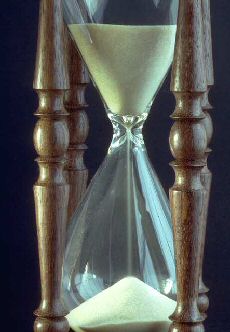
New York University researchers have developed a model of the intra-cellular mammalian biological clock that reveals how the rapid interaction of molecules with DNA produces reliable 24-hour rhythms. They also found that without the inherent randomness of molecular interactions within a cell, biological rhythms may dampen over time. In research appearing in theProceedings of the National Academy of Sciences, Daniel Forger and Charles Peskin explain their mathematical model of the biological clock that replicates the hundreds of clock-related molecular reactions that occur within each mammalian cell.
Biological circadian clocks time daily events with remarkable accuracy – often within seconds each day. However, understanding how circadian clocks function has proven challenging to researchers. This is partly because the 24-hour rhythm is an emergent property of a complex network of many molecular interactions within a cell. Another complication is that molecular interactions are inherently random, which raises the question how a clock with such imprecise components can keep time so precisely. One way to combat molecular noise is to have large numbers of molecular interactions, but this is limited by the small numbers of molecules within the cell (there are only two copies of DNA).
To simulate the random nature of the biochemical interactions of the mammalian circadian clock, Forger and Peskin tracked the changes in the integer numbers of each type of molecule of the system as these biochemical reactions occur. Modeling each type of molecule separately helped avoid mathematical assumptions in their model that may not be valid in real-life cells. Their model was validated with a large library of data on the concentrations of the molecular species within the mouse molecular clock at different times of the day and data on the behavior of mice with circadian clock mutations.
“Without the rapidity of molecular interactions within these cells, the precision of the biological clock would be lost. It is remarkable that a process occurring on the time scale of minutes can have such a profound effect on one that occurs over 24 hours,” said Forger.









Comments are closed.